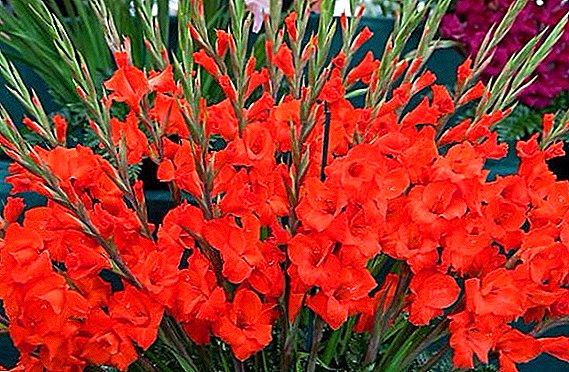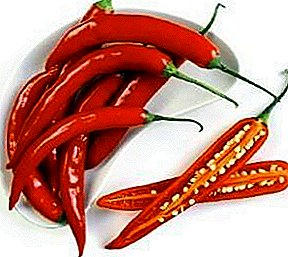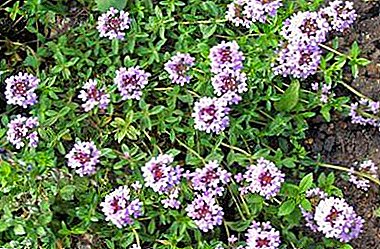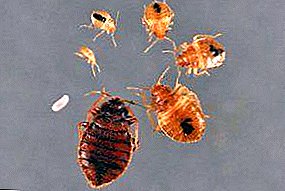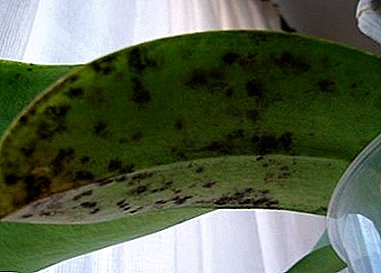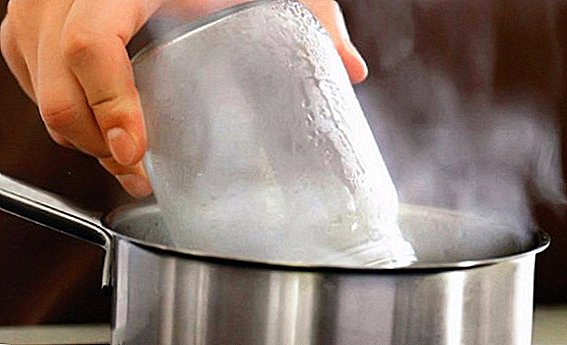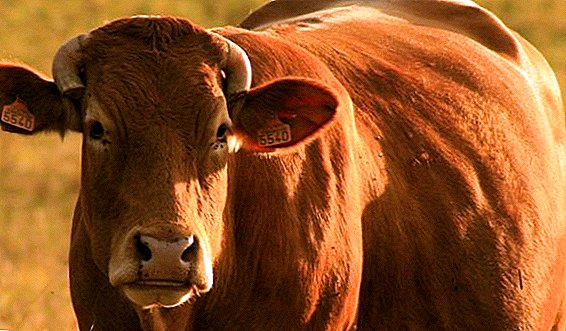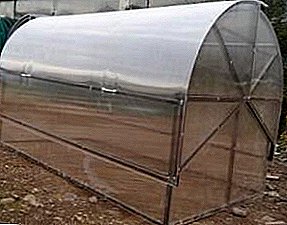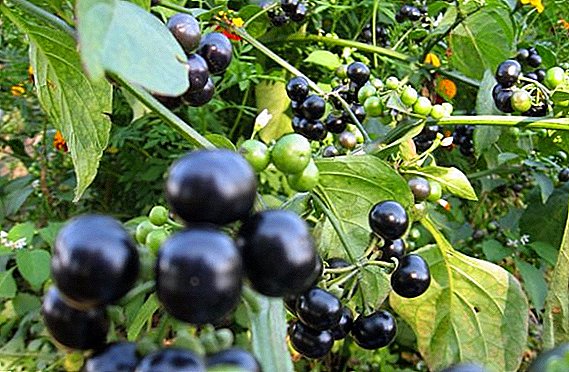 At the behest of nature and over the years of selection, today the Armeria numbers more than 90 species, differing in color and shape. However, pink definitely dominates this variety and is presented in all its shades. A little less common lilac, red and white. All armies are perennial plants. Distribution regions - north of Siberia, North America, Europe, North Africa. Prefer mountainous and rocky terrain, sea coast. They grow on sandy, sandy soils, need a lot of sunlight, prefer moderate watering, and tolerate drought well. Consider the top 10 varieties of Armeria, the most accustomed in our gardens.
At the behest of nature and over the years of selection, today the Armeria numbers more than 90 species, differing in color and shape. However, pink definitely dominates this variety and is presented in all its shades. A little less common lilac, red and white. All armies are perennial plants. Distribution regions - north of Siberia, North America, Europe, North Africa. Prefer mountainous and rocky terrain, sea coast. They grow on sandy, sandy soils, need a lot of sunlight, prefer moderate watering, and tolerate drought well. Consider the top 10 varieties of Armeria, the most accustomed in our gardens.
Alpine

Violet-lilac mountains native boasts all shades of mauvewhich painted her lush, frequent sockets. The height of the plant, under favorable conditions, reaches 30 cm, and the diameter of the inflorescences is 5 cm. There are also specimens with white and silver-white flowers. 
In the care and to the conditions, the unseen and eager to grow on sandy, sandy and stony soils, tolerates drought and not afraid of direct sunlight. This plant can also be used to decorate heavier soils: chernozems and peaty soils are also suitable, but with good access to light and the absence of high humidity. May have to use drainage.
The ideal neighbors for Armeria will be: saxifrage, phlox, Carpathian bells, yaskolka, thyme.
Arctic

The root system of this species is vertical. (rod), which allows the plant to take moisture from the deeper layers of the soil and greatly facilitates its transplantation or reproduction by dividing the bush. Arctic artery reaches a height of 30 cm, the stems are devoid of leaves. Inflorescences form simple umbrellas, round and very lush. The color of the petals - from purple to light purple. 
Did you know? Wild Army is in the Red Book, and it has been assigned the protection status 3 (R) - "rare species in Russia". Most of the reserves involved in the restoration of the population are located on Wrangel Island.
Velvich

The smallest of the army. The height of the green part is only 20 cm. In the period of flowering (due to longer peduncles), the total height of the bush is 35 cm. flowers (2 cm). The receptacle is well developed and is not hidden under the flower, as, for example, in the Arctic army. This variety blooms light pink.
Another important point: the flower needs an increased content of potassium in the soil, which, if necessary, must be made artificially.
Shaggy

Sodding Armeria is another beautiful little one of this kind. The total height of the shrub is about 40 cm. The leaves form a fluffy cushion under the peduncles and have a narrow linear triangular shape, which favorably emphasizes the general tendency of the plant to long lines. Multiple peduncles decorated with loose, but light inflorescences (5-7 cm in diameter) of white or pink color. 
An unpleasant feature of this variety is its whimsical compared to other varieties: lighting should be diffused; partial shade is possible; if the region is characterized by frosts - you need to take care of additional shelter for the plant.
As a bright accent, the Armeria will look at the background of ground-cover plants, such as Iberis evergreen, stonecrop, alissum, periwinkle, young, stone shrub, camelite, primula.
Prickly

Most common in America. Distinguished by its lanceolate gray-gray leaves, wider at the base and tapering towards the end. Plant height can reach 80 cm. 
The inflorescences are light pink in color, fluffy, have a spherical shape. Each flower is located on a long stalk. Flowering period: mid May - end of July. Barn is formed by multiple rosettes, which quickly and violently grow.
Lovely

The beautiful Armeria got its name, apparently, because of the elegance and visual fragility of the green mass in comparison with its colors. This evergreen plant looks spectacular at any time of the year: very thin and long lanceolate leaves that often gracefully bend downwards under their weight leave from frequent sockets. 
Peduncles long and hard, decorated with large five-centimeter inflorescences. Probably, among all types of armies, this one looks most neat and sophisticated. This is a great option for the design of an alpine slide or a Japanese garden. This beauty blooms from the second half of May to mid-September. 
Color range: saturated purple (Lilac), crimson (Laucheana), white (Blanca), pink (Rose).
Important! The lifespan of the bush of the army is 7-10 years. The flower grows quite quickly, and to maintain a neat and fresh look, the bush must be divided every 2-3 years.
Bulbous

The chip of this type - bulk and juicy green mass. Quite dense narrow, wedge-shaped leaves diverge radially from several central rosettes, forming a lush hemisphere near the ground. 
The color of the leaves is light green, saturated. From the sod, about 40 cm in diameter, the pillows are very long (35-40 cm) and thin peduncles, which are topped with tiny inflorescences of white, sometimes pinkish shades.
Seaside

Primorye Armeria is one of the most common types of armies. The height of the plant is very small - only about 20-25 cm. A remarkable feature of the species is the ability to form thick dark green grass sods, so thick that the soil is completely invisible through them. 
Lanceolate foliage has a blue-green color. Depending on the variety, inflorescence colors are possible such as red (Vindictive), pink (Louisiana army), white (Alba) and purple-red (Splendens Perfecta). For the last of them is characterized by an abundance of small cap-shaped inflorescences.
Armeria refers to plants that bloom all summer. In addition to her, pansies, astilbe, English roses, cornflower, gladiolus, gypsophila, clematis, sage oakwood will please the eye during this period.
Pseudo armeria

In fact, is the same representative of the kind of armies, like her other relatives. Its name was due to the appearance of a little unusual for the armies: thick, powerful peduncles and massive leaves, more characteristic of tulip, isolated from the series of graceful plants. 
Peduncles of this species reach 60 cm in height and are decorated with white (Ballerina white), pink, crimson (Joystick red) or bright red (Ballerina red) inflorescences. Capitate inflorescences tightly assembled and look very neat. Varieties that bloom red and crimson look great like a carnation, which presumably contributed to the name of the flower. 
Despite the fact that this species does not tolerate high humidity, during the flowering period more abundant watering has a positive effect: the plant blooms more magnificently and brighter.
Did you know? You can make winter bouquets out of flowers in the Armeria; for this, you only need to dry the inflorescences.
Siberian

By name, we can guess about the growing areas of this species (Siberia, Central Asia) and some of its properties associated with the region. Siberian Armeria - one of the smallest women of her kind: The height of peduncles, which are also the highest part of the bush, is about 20 cm. 
The leaves are thin, needle, sometimes covered with small pile. The color of the sheets is green and blue. The species is considered one of the rarest. Unpretentious care, can withstand temperatures down to -45 ° C. Small flowers (0.5 cm in diameter) are collected in dense "caps", they are characterized by a bright pink palette. 
A small total area of green mass prevents evaporation of moisture and allows you to successfully endure long-term droughts. Normally, Armeria does not suffer from pests or diseases, but with low acidity of the soil it can be subject to aphid attacks.
Important! Armeria multiplies well by self-sowing. When sowing seeds in soil or in a container for seedlings, they are shallowly buried, sprinkled with a half centimeter layer of earth on top. Seed germination is high.It can be argued that we are dealing with a very versatile and unpretentious flower with high decorative properties. Summing up, let's weigh all the advantages and disadvantages of the Armeria. Pros:
- Practically not subject to diseases and attacks of garden pests.
- It tolerates extreme temperatures and does not require regular fertilizing or fertilizer.
- Well gets on with other inhabitants of a bed.
- Equally suitable for decoration of terraces, flower beds, alpine slides, Japanese gardens, landscape design parks, etc.
- It has a reasonable price: depending on the variety, the average price of seeds of an army is about $ 1-1.5.
- Of the minuses can be called perhaps the intolerance of excess moisture and the need for a large amount of sunlight, without which the army simply will not grow.


